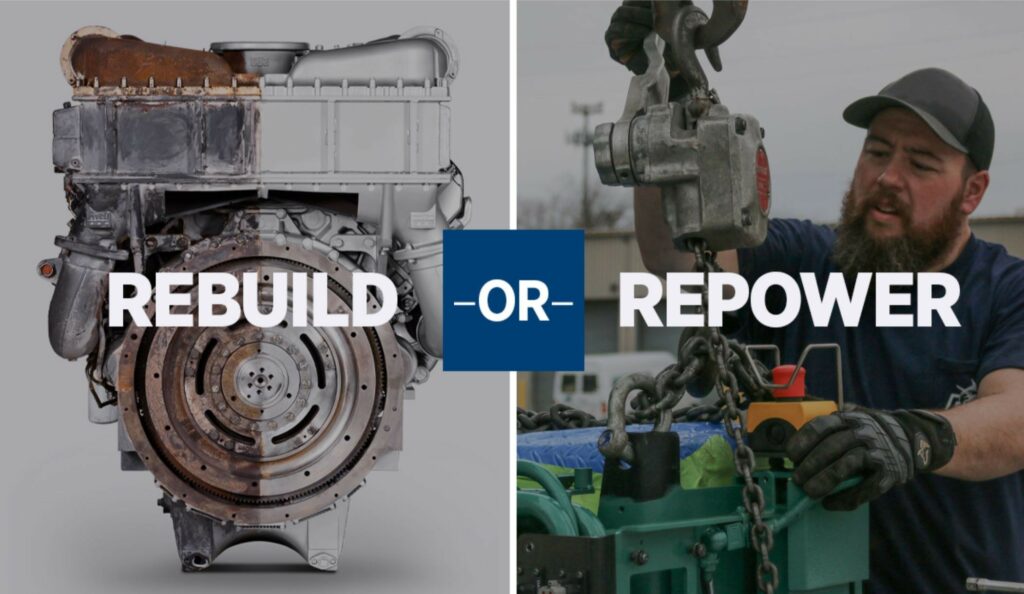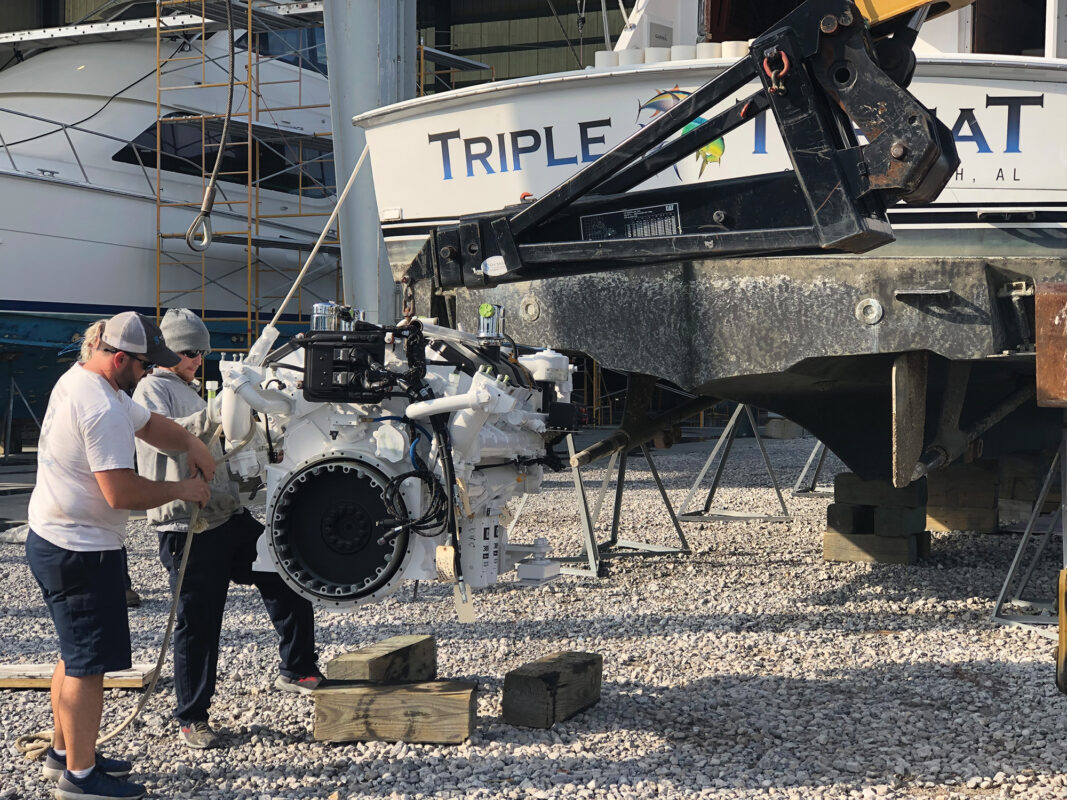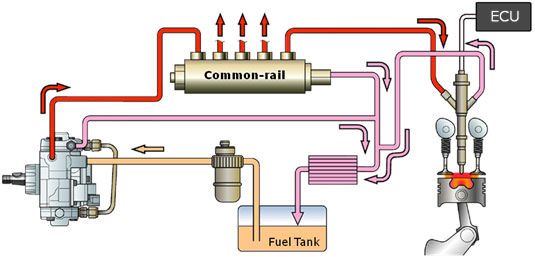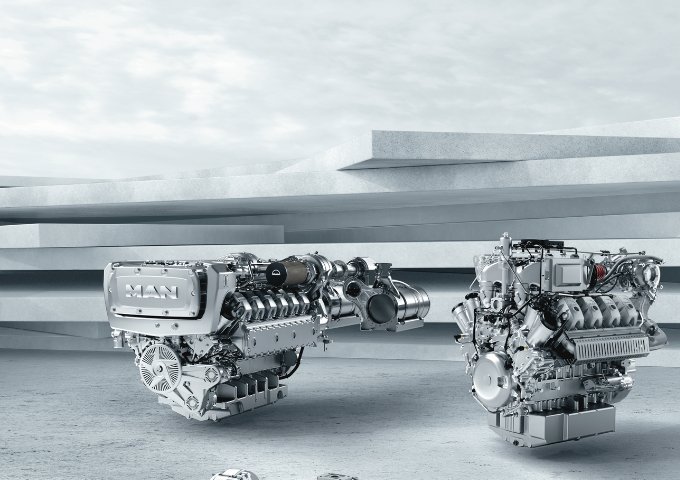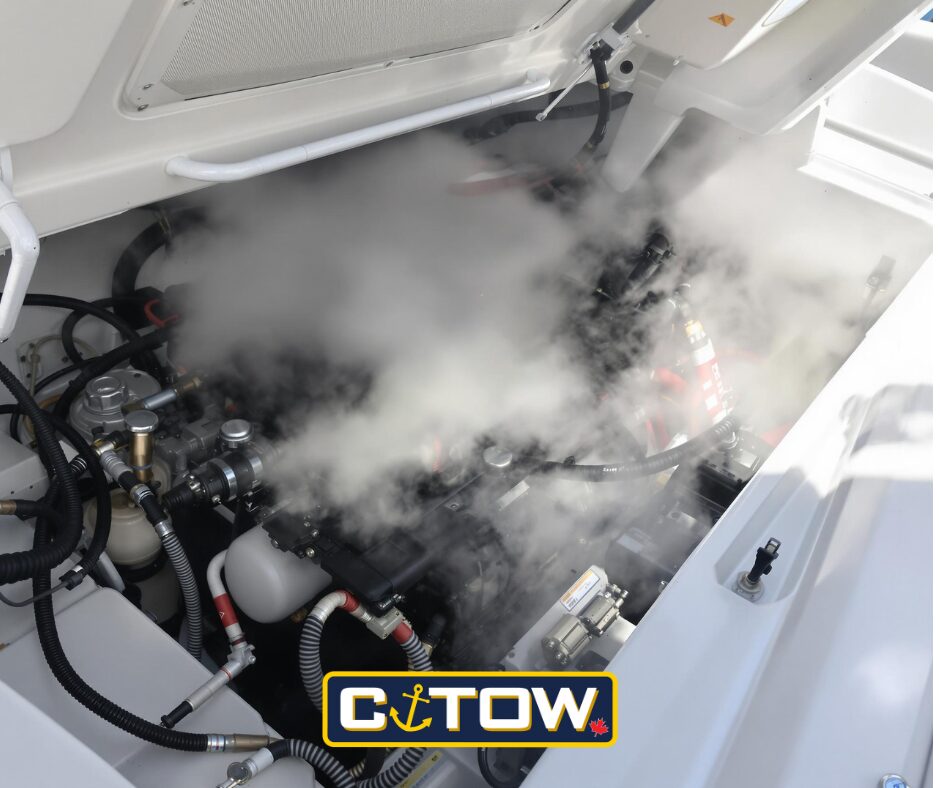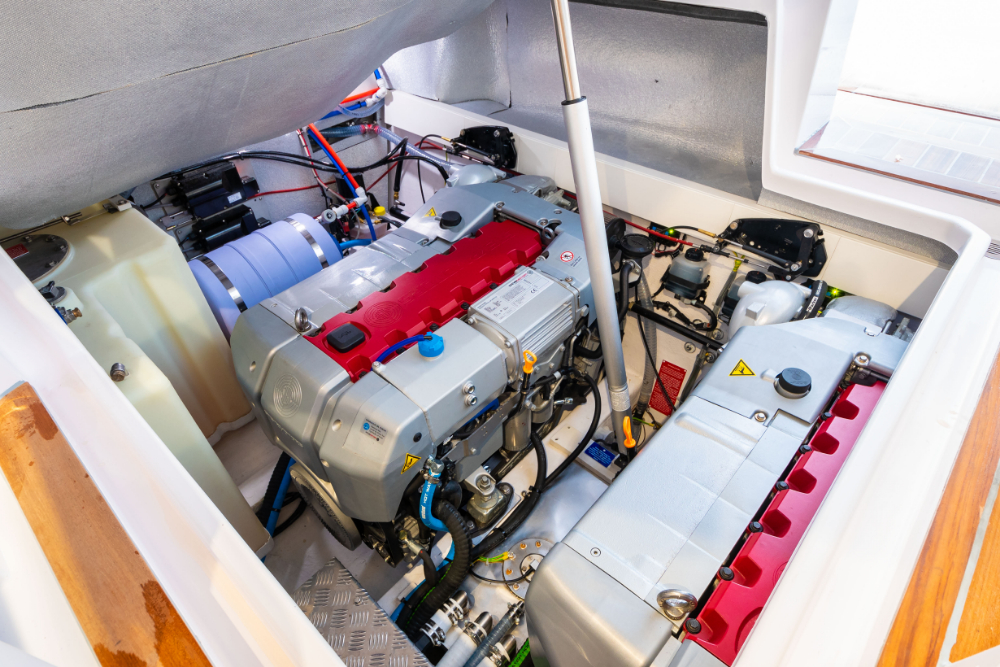Rebuild vs. Repower: Making the Strategic Choice for Your Boat’s Future
A practical guide weighing cost, performance, and long-term value for one of a boat owner’s biggest decisions.
Introduction
[Image: A split-image showing a mechanic working on an engine block on a stand (rebuild) vs. a shiny new engine being lowered into a clean engine room (repower).]
Image Caption: The rebuild vs. repower dilemma: investing in the old or upgrading to the new. The right choice depends on your boat, budget, and goals.
The dreaded day has arrived: your trusted marine engine has suffered a major failure, or the cost of its constant ailments is becoming unsustainable. You’re faced with one of the most significant financial and strategic decisions a vessel owner can make: Do you rebuild the engine you have, or do you repower with a new one?
This is more than just a question of cost. It’s a choice that will define your boat’s reliability, performance, and value for the next decade or more. At Wave Inboard Motors, we’ve guided hundreds of owners through this exact scenario with our Marine Engine Diagnostic Service. This guide strips away the confusion, providing a clear, expert framework to help you make the right choice with confidence.
The Quick-Decision Flowchart
[Image: A clean, easy-to-follow flowchart with the following steps:]
Start: Major Engine Issue
Q1: Is the block or crankshaft cracked or damaged beyond repair?
-
Yes → YOU MUST REPOWER
-
No → Go to Q2.
Q2: Is your primary goal maximum long-term reliability, modern performance, and increased resale value? -
Yes → STRONGLY LEAN TOWARDS REPOWER
-
No → Go to Q3.
Q3: Is your budget limited to less than 50% of the cost of a full repower? -
Yes → STRONGLY LEAN TOWARDS REBUILD
-
No → REPOWER IS THE BEST LONG-TERM INVESTMENT
End: Consult a professional for a final assessment.
The Deep Dive: A Side-by-Side Comparison
| Factor | Rebuild | Repower |
|---|---|---|
| Definition | Overhauling and replacing worn internal components of your existing engine. | Removing the old engine entirely and installing a brand new or remanufactured engine. |
| Initial Cost | Lower. Typically 30-60% the cost of a full repower. | Higher. Includes the price of a new engine and often new peripherals. See 【Calculating the True Cost of a Marine Repower】. |
| Project Scope | Focuses primarily on the engine itself. | A full-system renewal, often including wiring, hoses, mounts, and controls. |
| Outcome | A “zero-hour” version of your old engine. | A modern engine with the latest technology. |
| Reliability | Good, but based on an aged design. Remaining components (e.g., alternator) are still old. | Excellent. Full factory warranty and new everything. |
| Performance | Restored to original specifications. | Often Improved. Modern engines are more powerful, efficient, and smoother. |
| Resale Value | Minimal positive impact. | Significantly Increases boat value and marketability. |
| Warranty | Limited warranty on labor and parts (often 1 year). | Full manufacturer’s warranty (often 2-5 years). |
| Best For | Classic boats, tight budgets, when the existing engine is otherwise sound. | Performance boats, long-term owners, and when seeking reliability and added value. |
When to Lean Heavily Towards a REBUILD
A rebuild is a fantastic solution under the right circumstances. You should strongly consider a rebuild if:
-
The Engine is Otherwise Sound: The failure is isolated (e.g., a blown head gasket, worn piston rings) and the core block, crankshaft, and crankshaft are in good condition.
-
Budget is the Primary Constraint: You need to get back on the water for the lowest possible upfront cost.
-
Preserving Originality is Key: You own a classic or vintage boat where matching numbers and original equipment are critical to the vessel’s identity and value.
-
You Plan to Sell Soon: If you intend to sell the vessel in the next 1-2 years and a rebuild will make it operational and sea-worthy, it may be the most cost-effective path.
When to Lean Heavily Towards a REPOWER
A repower is a strategic investment in your vessel’s future. You should strongly consider a repower if:
-
You Seek Peace of Mind: The reliability of a brand-new engine with a full warranty is your top priority. This is crucial for 【Commercial Fishing Boat】 owners and long-distance cruisers.
-
You Want Modern Performance: You’re tired of the noise, smoke, and poor fuel economy of an old engine. Modern 【Yanmar Marine Engines】 or 【Volvo Penta Marine Engines】 offer quieter, smoother, and more efficient operation.
-
The Old Engine is Beyond Repair: The block is cracked, the crankshaft is scored beyond machining, or internal parts are no longer available.
-
You’re Doing a “While You’re In There” Overhaul: If your engine’s failure is a symptom of overall system decay (old wiring, rotten hoses, corroded fuel tank), a repower allows you to renew the entire propulsion system.
-
You’re a Long-Term Owner: If you plan to keep the boat for 5+ years, the increased performance, reliability, and resale value make a repower the superior financial and experiential investment.
Case Study: The 35′ Trawler Dilemma
[Image: A photo of a classic 35-foot trawler.]
Image Caption: For a boat like this, the rebuild vs. repower decision hinges on the owner’s long-term plans and the condition of peripheral systems.
-
The Boat: A 1985 35′ Trawler with the original, tired 120hp diesel.
-
The Problem: Significant blow-by, low compression, and excessive smoke. The engine needs a major overhaul.
-
The Two Paths:
-
Rebuild: Cost: ~$15,000. Outcome: The engine would run well again, but with the same noise, vibration, and 1980s-era fuel efficiency. The 40-year-old wiring and hoses remain.
-
Repower: Cost: ~$40,000. Outcome: A new, modern 150hp engine is installed. It’s 30% more powerful, 40% more fuel-efficient, and whisper-quiet. The project includes new filters, hoses, and wiring. The boat’s resale value increases by ~$30,000.
-
-
The Expert Verdict: For an owner who loves the boat and plans to cruise for another decade, the repower is the clear winner. The quality of life improvement and fuel savings alone justify the cost over time. For an owner looking to sell soon, the rebuild might be the more pragmatic cash-flow decision.
Frequently Asked Questions (FAQ)
Q1: Is a rebuilt engine as good as new?
A: A professionally rebuilt engine can be mechanically “like new” in terms of its core components. However, it is still a decades-old design. It won’t have the efficiency, electronics, or smoothness of a modern engine, and all the ancillary components (alternator, starter motor, raw water pump) are still used and prone to future failure.
Q2: Can I repower with a different brand or model of engine?
A: Absolutely. This is one of the key benefits of repowering. You are not locked into the original brand. We can help you select the perfect Marine Engine Repowering Solutions based on your hull, performance needs, and budget, whether it’s a Yanmar, Volvo Penta, or Vetus Deutz.
Q3: My engine smokes and lacks power. How do I know if it can be rebuilt?
A: You need a professional assessment. This is exactly what our 【Marine Engine Diagnostic Service】 is for. We perform compression tests, leak-down tests, and inspect the engine to determine the root cause of the problem and whether a rebuild is viable or if the damage is too severe.
Q4: How long does each process take?
A: A rebuild can take 2-6 weeks, depending on parts availability and machine shop schedules. A repower with a new, in-stock engine typically takes 2-4 weeks. In both cases, discovering additional issues (like a corroded fuel tank) can extend the timeline.
Q5: What is the single biggest mistake owners make in this decision?
A: Letting the initial price tag alone dictate the choice. A rebuild seems cheaper upfront, but if it leads to another major failure in two years or fails to address a rotting fuel system that then contaminates the rebuilt engine, it becomes the more expensive and frustrating option. Always consider the long-term cost of ownership.
Conclusion: Your Roadmap to a Decision
The choice between rebuilding and repowering is deeply personal, but it doesn’t have to be a gamble.
-
Choose REBUILD for a classic boat, a limited budget, or a short-term fix.
-
Choose REPOWER for long-term reliability, modern performance, and a significant increase in your vessel’s value and your own enjoyment.
Still unsure? Let data make the decision. Contact Wave Inboard Motors to schedule a comprehensive engine diagnostic. We’ll provide a detailed report on the condition of your engine and a transparent quote for both a rebuild and a repower, empowering you to choose the path that is truly right for you and your boat.



